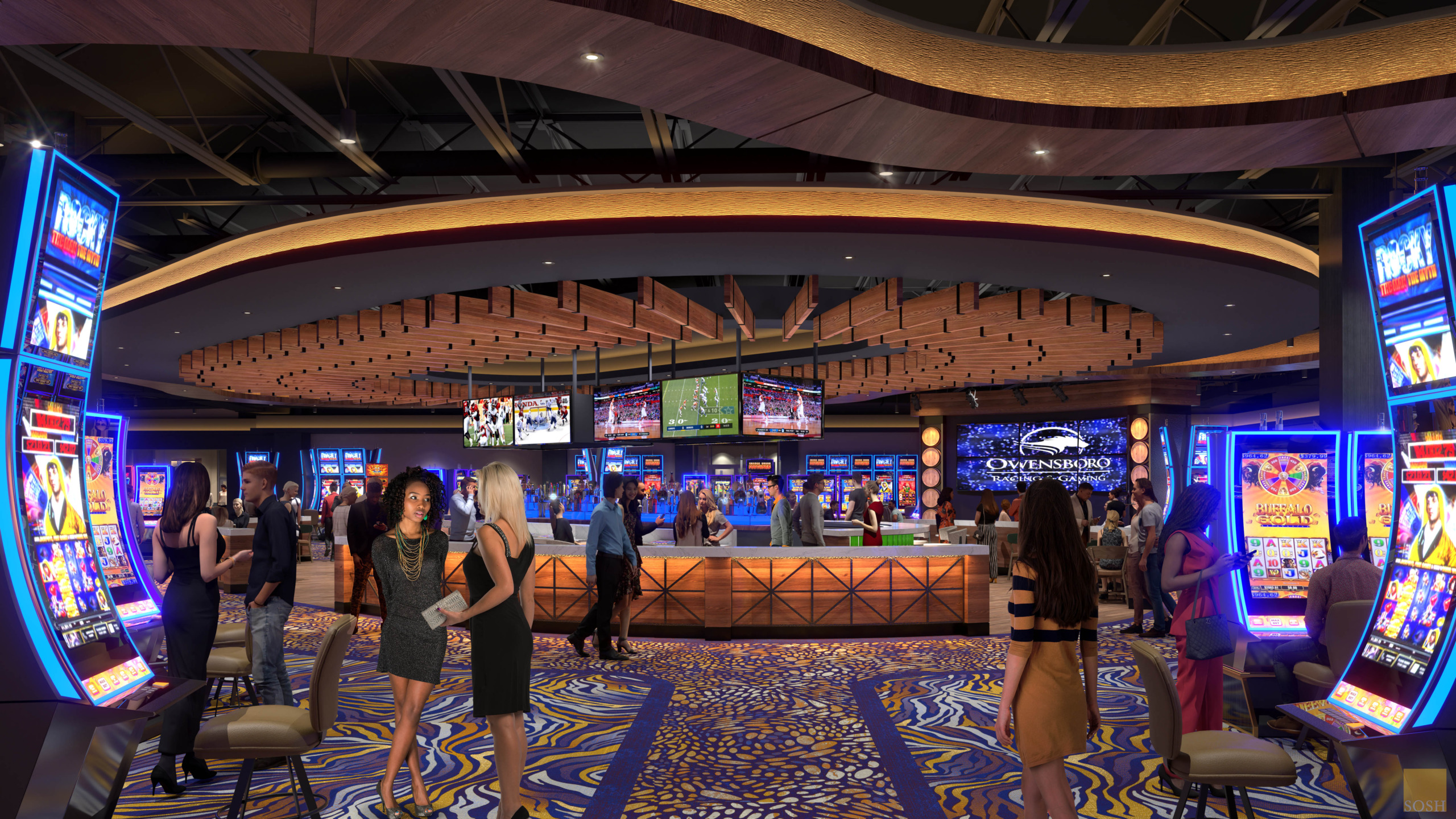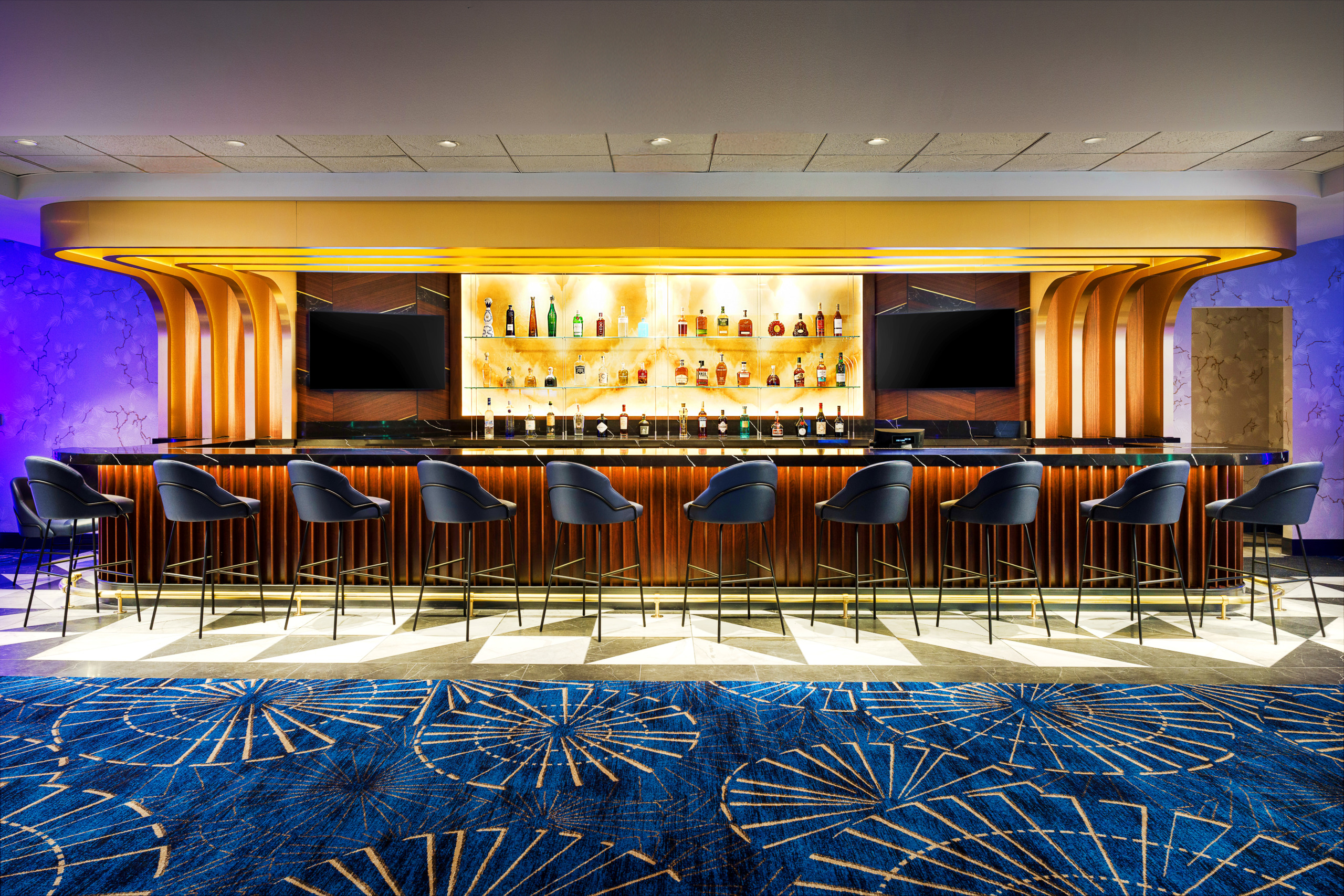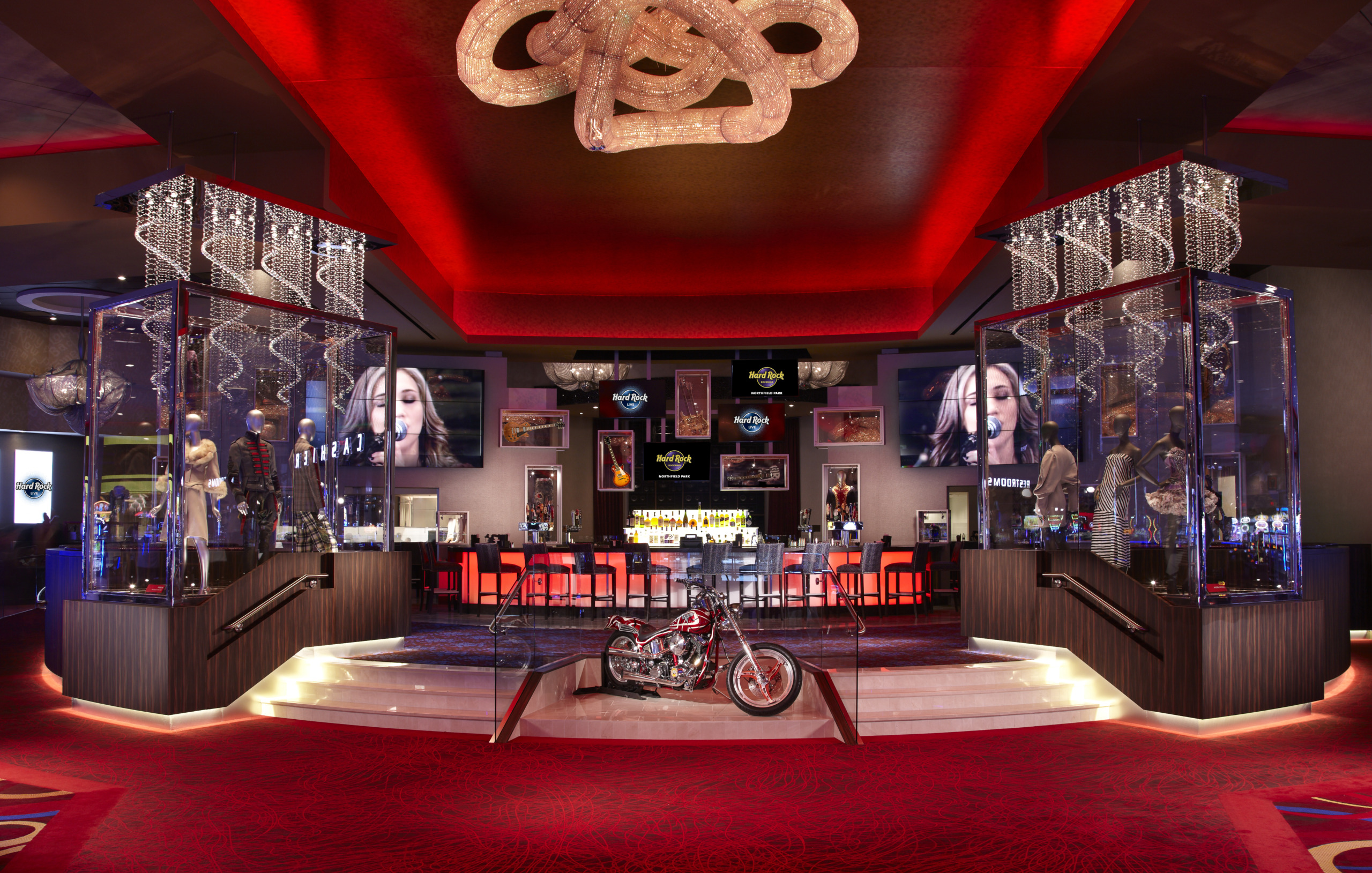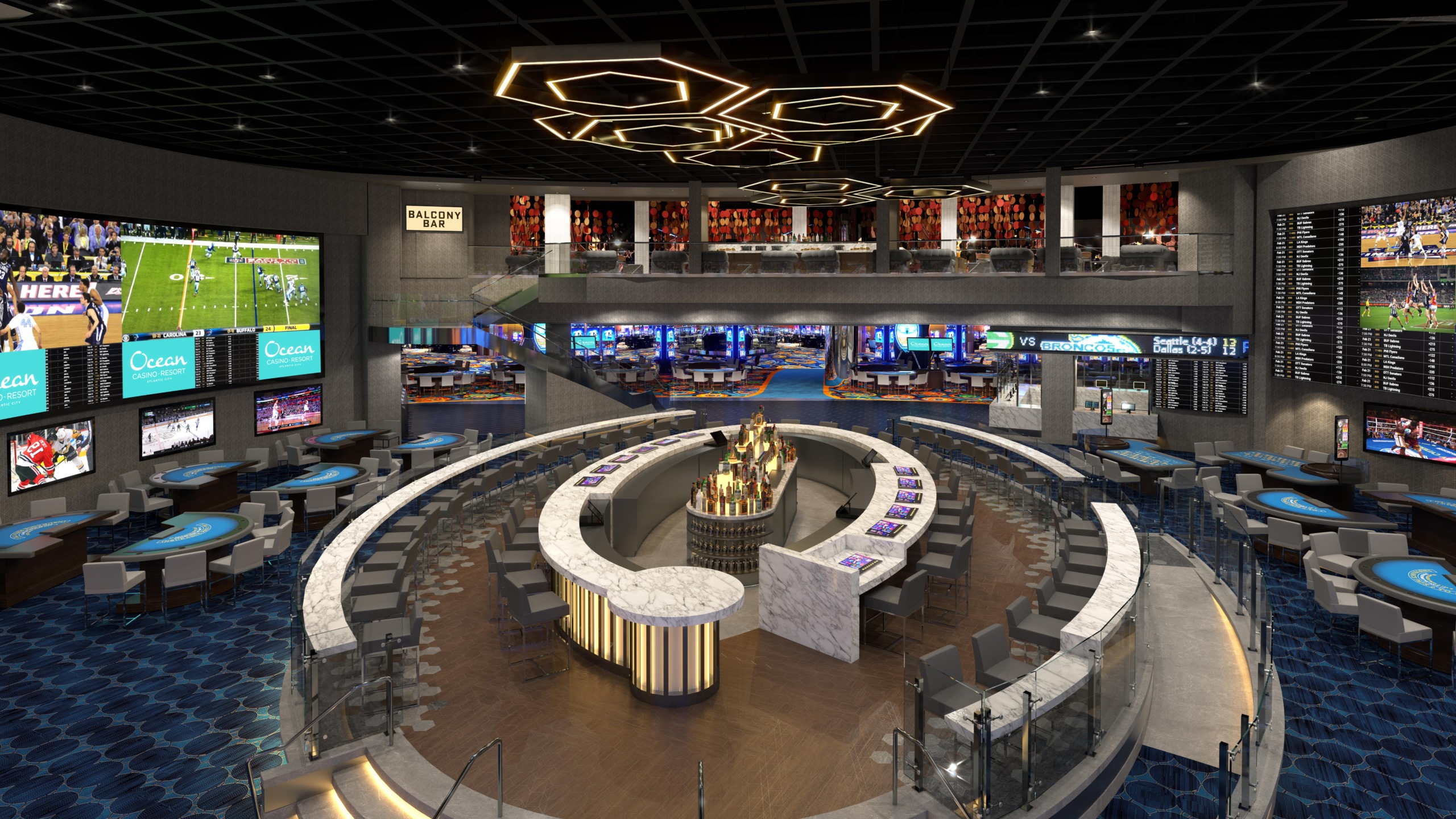Integrated Spaces
In recent years, casino development resorts have evolved into leading destinations, attracting global travelers and local residents alike to immersive environments that merge gaming, hospitality, entertainment, retail and more. Whether a large-scale development or a more intimate venue, casino development resorts offer curated, exclusive experiences supported by luxury hospitality services. They balance energy with authenticity, honoring both the surrounding community and culture, and the brands that have brought the destination to life.
This fulfilling intersection of energy and authenticity is what has drawn both WATG and SOSH Architects to design these destinations for decades. In fact, this shared passion is what brought our two firms together as one in 2024, combining our mutual expertise in hospitality, entertainment and gaming precisely as integrated casino development resorts rise to the forefront of the industry.
Integration and entertainment are the keywords. Gaming revenue continues to grow across the United States. In January alone, revenue from land-based gaming grew by 8.3 percent, year over year; and 2024 saw the highest level of casino visitation on record. Casinos and the revenue they generate often fuel (and fund) development, but they’re no longer the sole focus. We’ve witnessed a shift from a gambling-focused experience to a holistic hospitality experience. In fact, in legacy casino-centric markets such as Las Vegas, gaming revenue has declined recently, while other income such as high-ticket entertainment and retail has doubled.
Whether a large-scale development or a more intimate venue, casino resorts offer curated, exclusive experiences supported by luxury hospitality services.
A mixed-use approach helps owners and operators diversify their real estate investments and draw a more diverse audience. Integrating luxury hospitality, high-end entertainment, retail, recreation and other uses also helps communities embrace casinos and the revenue they generate. While gaming will generate a large share of the development’s profits, the non-gaming amenities extend people’s stay and build loyalty and illustrate to local residents that we understand the overall experience their community needs, wants and deserves.
From the start of any project, our top priority is understanding the goals of all stakeholders including the owner, operator or brand; the regional or local regulatory authority; and most importantly, the surrounding community. It’s not uncommon for negativity to be the knee-jerk reaction to news that a casino is being considered. But the word ‘casino’ has become too narrow and increasingly misrepresents the kind of development in question. When we sit down with residents and regulators and discuss the broader appeal of casino development resorts that offer much more than a casino—not to mention hundreds if not thousands of jobs—the opinions shift. Through smart planning and design, gaming spaces are just one part of the mix, while other spaces create an even deeper community connection.
High quality design helps to elevate the experience further and attract a variety of new consumers, including families and younger demographics. In fact, aligning with these industry shifts, the average age of gaming customers has fallen dramatically from 49.6 in 2019 to 41.9 in 2024. Resort guests want glamour without kitsch—spaces that are sophisticated, tailored and refined. And above all, they want to feel welcome, comfortable, and secure.
A mixed-use approach helps owners and operators diversify their real estate investments and draw a more diverse audience.
The customer’s journey must be carefully choreographed from the outside in, and each touchpoint along that journey must be thoughtfully presented. This journey starts long before guests enter the development and is mapped out in early (and important) master planning phases. An inviting on-site arrival sequence, and exterior architecture that demonstrates a strong connection to the surrounding context, ultimately resonates with guests seeking more than gaming.
The flow must be similarly seamless once inside. Consider gaming spaces like the central piazza—full of energy and activity and sources of entertainment themselves—but the true character of the place comes from the spaces that surround and support the piazza. Design details enhance the distinct character of each space, while also creating a cohesive experience throughout the resort. These non-gaming spaces also provide energy during times of day when casino tables and other games are less attended, once again reinforcing the importance of upfront strategic planning to ease movement and flow and deliver an elevated experience around the clock.
While specific components will always be unique to the destination and its context, resort anchors might include multiple restaurants and bars, a concert venue, a hotel and a spa. Each acts as its own neighborhood, linked creatively and thoughtfully with the central piazza (or gaming space) via meandering paths that encourage exploration and discovery. Visual connections are critical too, not only creating views from each neighborhood into the central space, and vice versa, but also offering visibility for navigation and safety. The result of these linkages is a vibrant and engaging experience that helps all guests feel welcome and supported, whether they pass through the gaming spaces or not.
Transforming developments into successful destinations that deliver unparalleled experiences and are beloved by travelers and local residents alike.
Less visible are the back-of-house operations but they’re even more important to get right. Casino development resorts often represent significant investments for public and private entities alike, and communities have high expectations. Spaces that are designed efficiently—considering service flows, guest movements, vertical stacking and horizontal adjacencies—can save clients significant square footage and maximize operational effectiveness and staff flow, empowering resort team members to properly deliver a high-end hospitality experience to guests.
In 1980, when my partners and I launched SOSH Architects in our hometown of Atlantic City, we quickly became the local team that national and global firms turned to for our first-hand operations experience working with casino developers. Gambling had only been legalized in our town less than three years prior, but we’d been there from the start, learning with and from our clients about the need to infuse entertainment and hospitality with gaming; to prioritize smooth operations; to help people feel welcome and safe; to reward guests not only with game winnings but also with a great experience. Forty-five years later, as we’ve become part of one of those global firms, it’s fulfilling to take this integration even further, and to transform developments into successful destinations that deliver unparalleled experiences and are beloved by travelers and local residents alike.
about the author

Thomas Sykes
Managing Principal, Gaming

Thomas Sykes
Managing Principal, Gaming



